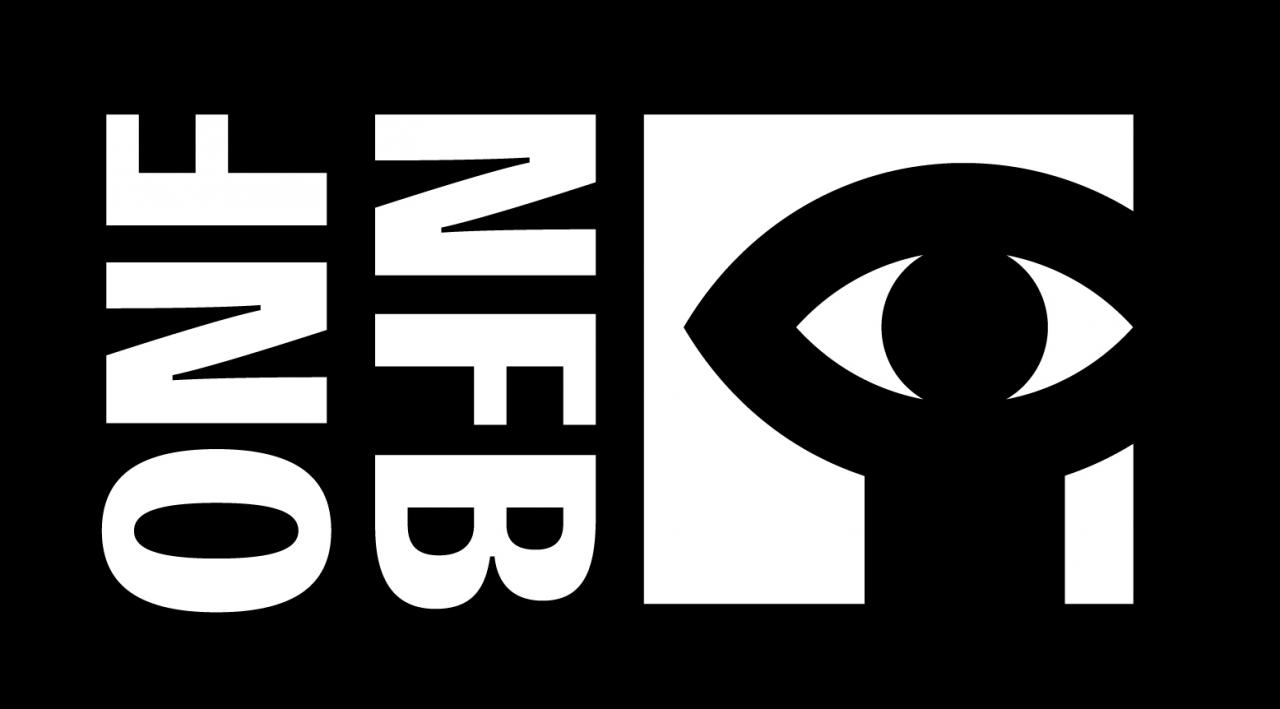It is perhaps impossible to assess the impact of the body of work created by Canada’s National Film Board (NFB; ONF en français) on our national culture—or, indeed, on international cinematic culture. Since its founding in 1939, the NFB has raked in a bonanza of awards (over 6,000), including twelve Oscars; citations at every major film festival in the world; and praise for its library from a legion of prominent filmmakers. George Lucas credits Arthur Lipsett as a major inspiration; Quentin Tarantino cites the wondrously strange 1996 documentary Project Grizzly as one of his favourite films of that year; Stanley Kubrick pointed to Universe as part of the inspiration for 2001: A Space Odyssey; and when I interviewed Gus Van Sant about the history of his life and work, he cited watching NFB films in school as a formative experience.
The NFB has endured criticism over the years, some of it scathing. Despite the brilliant (and ongoing) work of Alanis Obomsawin for example, some have argued there aren’t enough films by Indigenous filmmakers. The dearth of women directors actually led to a rebellion of sorts from within: in 1974, Board employee Kathleen Shannon protested so vigorously about the gender gap that she managed to get the Board to invest in its own affirmative-action program, Studio D. Shannon’s studio became the first publicly run feminist production centre in the world. The move prompted one producer to predict disaster, suggesting he would eat the celluloid of the first successful film Studio D ever made. Basking in the glow of three Oscars (among many other awards), Shannon would later tell me, “I’m still waiting for him to eat it.” Though Studio D eventually ran into concerns over tone-deafness around race and class, there’s no question that its groundbreaking approach led the Board to achieve gender parity for women directors far ahead of any other organization in North America.
It must be noted that many of the problems the NFB faced throughout the ’80s and ’90s were due to austerity: while its library of titles couldn’t be ignored, successive Conservative and Liberal governments, intent on balanced budgets, severely cut funding all around, and the Board was not spared. This meant the Board had to “do more with less”—which, of course, makes no sense. Sometimes, covering changes at the NFB as an industry reporter felt like reviewing an existential play. One of the key strengths at the Board was its ability to take risks, and risk-taking is much harder to do when you’re cash-strapped. Thankfully, the NFB has been somewhat revitalized since the Liberals were elected in 2015, as they acted on campaign promises to allocate more funding to cultural institutions—though the Board can rightfully claim that a greater cash infusion is still needed.
Despite the bumps, its legacy can’t be denied. Though the word is overused, the NFB’s impact is truly epic. When POV editor-in-chief Marc Glassman asked me to contribute a topten list of NFB productions, I immediately said yes. But the task proved agonizing; I’ve been watching NFB films for most of my life as a student, critic and, now, professor. They’ve had an actual impact on who I am as a person: as a professor, they represent a gift beyond belief—a massive library of films on every issue and topic imaginable, all made available through the NFB’s excellent site, which allows for access to hundreds of titles after about two clicks. The Internet, now regarded as a wrecking ball for most of the cultural industries, has ironically worked wonders for the NFB—an institution focused on exposure rather than profit.
Though readily accessible online, the NFB’s physical presence in Montreal has felt remote. I often wondered how different perceptions of the Board could have been had it been located downtown, how a synergy could have formed with the public and with Concordia’s renowned film school had it been more accessible. We will soon find out. The NFB moves its headquarters to the heart of downtown Montreal this fall. This move is another reason to celebrate one of Canada’s most successful cultural institutions.
A birthday is a great moment to take note of past victories while pondering future possibilities. I will continue watching the NFB with great anticipation. -Matt Hays
To NFB or Not NFB?
Amid all the birthday cheers for the NFB’s eightieth, a loud chorus of dissent can be heard. And it has been brewing for quite some time.
While the NFB/ONF’s legacy is a proud one, a group of over 250 filmmakers with past and present ties to the Board, operating under the name ONF/NFB Creation, wrote and released to the public an open letter to NFB commissioner Claude Joli-Coeur, arguing the federal film studio has lost touch with the actual filmmakers who create the content for which the Board has become famous. The list of signees includes four Oscar-winning animators.
Animator Munro Ferguson is one of the filmmakers who has spearheaded the initiative, which he says has been building for years. “About two years ago, several of us noticed that it seemed like there was far less money for actual production at the Board. This led me to file an Access to Information request about funding.” Ferguson said this brought up numbers that seem to indicate that the Board suffers from what many cultural and education institutions now suffer from: bloated, top-heavy bureaucracies that have lost sight of what their original missions were supposed to be.
Filmmaker Philippe Baylaucq, also a co-founder of NFB/ONF Creation, says the phasing-out of staff filmmakers at the Board has proven hugely problematic. “There are now no filmmakers based at the NFB permanently [aside from Alanis Obomsawin], so there’s no way for us to have any input into decision-making. This leads to the kind of decisions that have gotten us to where we are now.” Baylaucq says that, at the very least, there should be filmmakers on the NFB board of trustees; amazingly, there are none as of press time. He also concedes that the past fifteen years have been incredibly difficult for the Board due to a series of cuts by both Conservative and Liberal governments. But those cuts require new strategies, he argues, not simply cutting production budgets.
Ferguson says Joli-Coeur was supposed to release plans about future ideas and directions for the Board, but has held back in light of ONF/NFB Creation’s interventions. Ferguson says that this gives him hope that there will be more dialogue and a rethinking of the direction the studio has been taking.
“We love the Board. It is an extremely important organization with an incredible legacy. We are fighting for that. I’m glad that they appear to be listening. My main fear is that they will hear what we have to say but not actually act on any of our concerns.”
When reached for comment, an NFB spokesperson said that Joli-Coeur was away on summer vacation, but provided this statement: “At this time, Claude Joli-Coeur’s objective is to reengage the conversation with creators and stakeholders and to ensure that the NFB remains a unique place for creation and innovation. That’s the priority, because as both a public producer and distributor, the NFB places creators and audiences at the very heart of its being and vision for the future.” -MH
CORRECTION
The print version of this story incorrectly lists filmmaker Alanis Obomsawin as one of the filmmakers who signed the ONF/NFB Creation letter. Ms. Obomsawin did not sign the letter. POV sincerely apologizes to Ms. Obomsawin and deeply regrets the error.












